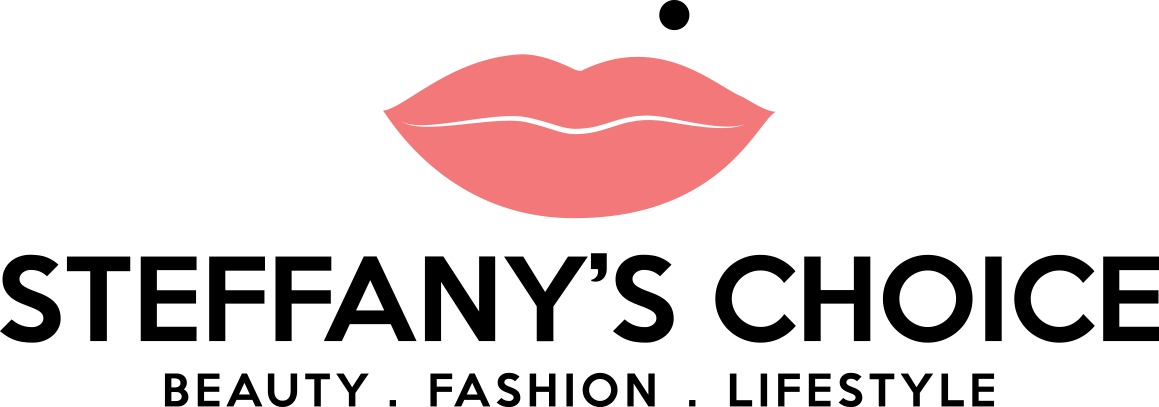Spa f
The average price range of a basic-facial is $100 to $200, this price doesn’t include any add-ons or the tip.
Treatments like a Hydra-facial, which by the way is my favorite tretment to get from spas, can cost up-to $300.
Therefore, is no surprise why so many of us can’t justify this monthly expense and are opting for the DIY route.
In this post, I share the steps and tips to achieving a spa-like facial for
Whats A Facial
A facial is a multi-step process that involves cleansing, exfoliating, and treating skin concerns with custom products.
Routine facials can help clear acne, improve skin texture, achieve an evener skin tone as well as smooth fine -lines and wrinkles.
Furthermore, facials have relaxing effects which can help relieve stress.
Above all, it’s important to find an experienced and licensed Esthetician who has been trained in skincare and is passionate about their work.
What Can A DIY Facial Do For Your Skin?
As a result of scaring facial, I received a few years ago, I decided to treat my skin from home more. Check out the horrible experience (here)
Since then I have become better and more skilled at treating my skin to DIY facials; it’s amazing what putting a little extra attention to your skin can do.
I give myself a facial every week which has been beneficial to maintaining clear and more youthful skin.
My skin has been doing so well that I have not been to the spa for a
I can’t recommend having a day of extra skin pampering enough, certainly, this self-love time has helped me connect and better understand my skin.
Most noteworthy, I feel more confident going out without makeup or my go-to look, the no foundation makeup look. Tutorial available HERE
The Steps to Achieve a Spa-Like Facial for Glowing Skin
One of the advantages spas have over us DIY Facial lovers is the products, like peels, microdermabrasion machines, lasers and all kinds of potent masks.
Lucky for us, brands are creating more and more at-home clinical grade products as well as high tech tools.
Therefore, there are so much more skin concerns that we can address from home and a portion of the price of a facial.
Step 1: Cleanse
First of all its important to start with
If removing makeup, I highly recommend doing a double cleanse using a cleansing balm first like the Elemis Pro-Collagen Cleansing Balm
Pro Tip: Use a cleansing brush like the Clarisonic Mia Fit Sonic Cleansing System. Or the Olay Regenerist Facial Cleansing Device
My Current Favorite Cleansers

Elemis Dynamic Resurfacing Facial Wash 
Ole Henriksen
The Clean Truth Foaming Cleanser
Kiehl’s
Ultra Facial Cleanser
Step 2: Steam
Steam opens up for pores, loosening dead skin cells, dirt and oil plugs.
Steaming your skin before a facial allows your skin to absorb better the products you are using, allowing them to work better.
Usually, the next step that follows steaming in a pro-facial is extraction.
This step I entirely skip in a DIY-facial and I highly recommend only getting extractions from a professional licensed Esthetician.
Extractions if not done properly can lead to scarring, and even infection.
My Current Favorite Facial Steamers

Dr. Dennis Gross
Pro Facial Steamer
Conair
True Glow Steamer
Danielle Creations
Facial Steamer
Step 3: Exfoliate
Exfoliating your skin helps clear dry skin and dead skin cells, helping your skin instantly look more radiant, clear and improve the appearance of fine lines.
Exfoliation can be either chemical; a mix of safe-for-skin acids that chemically
While manual or physical exfoliation is done by massaging a grainy textured product to the skin.
Regular exfoliation to the skin can help avoid breakouts, increase cell turnover, boost collagen production.
Furthermore, exfoliation allows your products to work more efficiently because they can penetrate deeper.
Pro Tip: Exfoliate the skin while steaming.
My Current Favorite Exfoliators

Dr. Dennis Gross
Clinical Grade Resurfacing Peel
Elemis
Papaya Enzyme Peel
Pixi Skintreats
Peel & Polish
Step 4: Mask
If you have dry or sensitive skin, use a gel based mask.
Pro Tip: If you have combination skin, use two different masks to treat each area accordingly.
My Current Favorite Masks

Clarins
SOS Pure Rebalancing Mask
Freeman
Rejuvenating Clay Mask
Fresh
Lotus Youth Rescue Mask
Step 5: Toner
Toner helps remove any residue from the mask and correct and balance the PH of your skin.
My Current Favorite Toners

Elemis
Soothing Apricot Toner
Pixi
Glow Tonic
Sunday Riley
Martian Toner
Step 6: Sheet Mask
This step is all about hydrating and feeding your skin.
Sheet masks originated in South Korea and are made of cotton, hydrogel or fiber then soaked in a concoction of serum-like formula with at least one active ingredient.
Pro Tip: Apply the excess serum to your neck and décolletage area.
My Current Favorite Sheet Mask

PIXI
DetoxifEYE Patches
Karuna
Hydrating Face Sheet
Tatcha
Dewy Glowing Skin
Step 7: Treat
In this step, its all about focusing on the main concerns you have like acne, uneven skin tone, dark spots or wrinkles.
To avoid irritation, focus on just one concern at a time and be aware of the active ingredients you are layering.
My Current Favorite Serums

Clarins
Double Serum
Kiehl’s
Clearly Corrective Dark Spot Solution
Ole Henriksen
Truth Serum
Step 8: Eye Cream
Gently apply your eye cream of choice under your brow bone, under eyes and the inner area by your nose.
My Current Favorite Eye Cream

Olay
Brightening Eye Cream
Ole Henriksen
Banana Eye Cream
Origins
Ginzing Eye Cream
Step 9: Moisturize
Finally, complete your DIY facial with a moisturizer suitable for your skin type.
Pro Tip: If going to bed after your DIY facial, I highly recommend an overnight mask like Summer Fridays ‘Jet Lag‘ Mask.
My Current Favorite Moisturizer

Elemis
Pro-Collagen Marine Cream
Fresh
Lotus Youth Preserve Face Cream
Peter Thomas Roth
Peptide21 Lift & Firm Moisturizer
Above all, enjoy the process of self-care and be patient with your skin routine.







